All the numbers shared in this case study have been taken from the official sales document handled by the guys at FE International and have gone through extensive due diligence. It was important for us to have a 3rd party be a guarantee of all the numbers we shared here to avoid the hype that usually plagues this industry. Enjoy the case study :).
We have just sold a site from our portfolio for a very acceptable mid 6 figures amount.
The fun part?
This site was only 18 months old.
Here’s the story of this site and how we got it so high, so quickly…
About 1.5 years ago, we started further expanding our portfolio with new sites, which we did not disclose publicly.
These new sites quickly outpaced our other sites in growth and monetization efficiency early on.
To the point where we decided to focus our effort on these properties instead of our older ones back in May of 2018.
In today’s post, I will share the story of how we started and grew one of those sites and how we sold it for mid 6 figures in just 18 months.
But before we get started, here are some stats for this website so you get an idea of the trajectory we achieved with it in 2018 despite all the Google updates.




This site was very much a side project. As a portfolio company, we run a number of sites, not to mention AuthorityHacker.com itself which takes up the majority of our time.
If you want to hear about what else we achieved last year, we’ve recorded a podcast that sums up the year for us.
The Money
I know you guys want to see what the financials of the site looked like when we sold it.
To make it short, the site was making about $15,000/month ($180,000/year) and cost us about $3,500/month ($42,000/year) with content creation, link building and hosting.
I did not add tool costs because we split these costs across our whole portfolio but you could add $200-300/month of tool costs if this was your only business.
Here is the monthly ramp up and P&L for this site:
| Commissions | Content | Link Building | Hosting | Total | |
|---|---|---|---|---|---|
| Dec 17 | +$210 | -$2,950 | -$530 | -$30 | -$3,300 |
| Jan 18 | +$921 | -$2,950 | -$530 | -$30 | -$2,589 |
| Feb 18 | +$971 | -$2,950 | -$530 | -$30 | -$2,539 |
| Mar 18 | +$2,113 | -$2,950 | -$530 | -$30 | -$1,397 |
| Apr 18 | +$3,373 | -$2,950 | -$530 | -$30 | -$137 |
| May 18 | +$4,291 | -$2,950 | -$530 | -$30 | +$781 |
| Jun 18 | +$8,374 | -$2,950 | -$530 | -$30 | +$4,864 |
| Jul 18 | +$10,822 | -$2,950 | -$530 | -$30 | +$7,312 |
| Aug 18 | +$12,232 | -$2,950 | -$530 | -$30 | +$8,722 |
| Sep 18 | +$13,926 | -$2950 | -$530 | -$30 | +$10,416 |
| Oct 18 | +$12,736 | -$2,950 | -$530 | -$30 | +9,226 |
| Nov 18 | +$15,692 | -$2,950 | -$530 | -$30 | +$12,182 |
| Dec 18 | +$14,400 | -$2,950 | -$530 | -$30 | +$10,890 |
| 2018 | +$100,061 | -$38,350 | -$6,890 | -$390 | +$54,431 |
Let me break down what each line includes.
- Affiliate Commissions: This is the money that came in each month when you add up all the commissions from all the affiliate offers promoted on the website.
- Content Creation: This cost includes outsourced content writers, editors, illustrators and any other cost that went into creating what you can see on the site. Content specifically for link building is also included in here.
- Link Building: Any staff and tool costs associated with acquiring links to the site. Since we don’t pay for links, this cost stayed fairly low.
- Hosting: Any cost related to serving the files of the site (namely hosting + CDN)
Picking the niche
Because we sold this site and out of respect for the buyer, I can not disclose the exact niche this site is in on this post. I also can not reveal the exact price we sold the site for or any information that would allow you to trace the site back (and trust me I’ve traced a lot of sites back).
Sorry guys.
However, I will go as far as saying that this site is in the software niche.
What I can also share, is how and why we decided to go after this niche.
What was the thought process and how can you apply it to your own niche selection.
How advanced SEO’s should approach niche research
Before I get started, let me say who this process is for.
Mark and I are not beginners anymore and this massively changes the way we approach niche research.
We have done this dozen of times and built many successful sites over the years.
We have also worked in extremely competitive niches such as travel or finance, back when we had our agency.
As a result, we have gained enough self-confidence to know we can do ok in most niches.
If you are a beginner, this process will be significantly different and has been outlined in The Authority Site System.
So if you are just getting started, this part is not for you.
But if you are an advanced marketer, hear me out…
1 – Affiliate Payout
Obligatory Analytics screenshot here showing the traffic growth over 2018, until we listed the site for sale.


But hold on a sec.
We’ve been saying for years that traffic on it’s own doesn’t mean jack. It’s a vanity metric.
What matters is how much money this traffic actually generates for you.
In the past, we’ve built sites that get upwards of half a million monthly visitors.
But despite having just a fraction of the traffic, this site made more money than sites with far more traffic.
Why?
Simple: it makes 6-8x more money per visitor.
This means that need a lot less traffic to make a lot of money
How?
The answer is simple: Affiliate Offers Payout.
The products we promote on this new site generate 30-70% commission rates. Compare that to the Amazon Associates payout rates of 3-8%.
In the affiliate world, the payout disparity is massive.
Some offers will pay you $0.5/lead while others will pay you $1000 per sale.
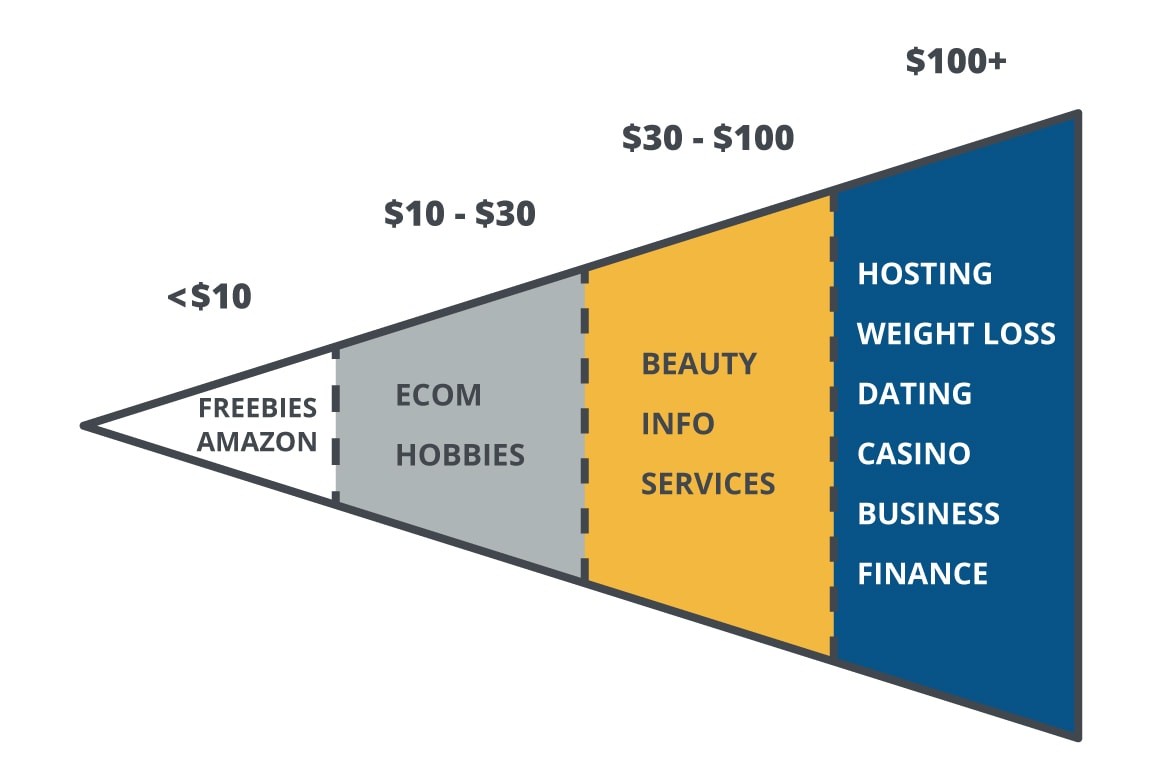

These differences are usually indexed on paid traffic competition and value per lead for the company.
If the competition and CPCs are high, the payout is high.
If the competition and CPCs are low, the payout is low.
And to some extent, it does translate to SEO competitiveness as well.
Good luck trying to rank for casino offers related keywords.
These keywords are nasty.
However, for everything between casino offers and Amazon, one thing we have noticed is this:
The variation of SEO difficulty is almost always much lower than the variation of offers payout.
What does this mean in plain English?
It means payouts grow faster than SEO competition and the resources it takes to compete in most niches.


Therefore, as an advanced SEO, it makes more sense to focus on the highest payout niches because you will get more return for your effort despite the increased difficulty.
I hope I don’t change this status quo with this post :/. *expecting some angry emails from friends*.
BUT
This only works if you’re an SEO Sensei. If you are a beginner and you can’t cope with the competition, chances are, you won’t do well in competitive niches.
All of this to say, a large part of our niche research was to identify markets with high earnings per sale and it clearly paid off.
But this wasn’t the only thing we looked at.
2 – Family Friendly
Another important criteria for us was that the niche is family friendly.
I did bring up the idea of the male sexual enhancement niche to Mark a few years ago but he immediately said no because his mom would probably disapprove.
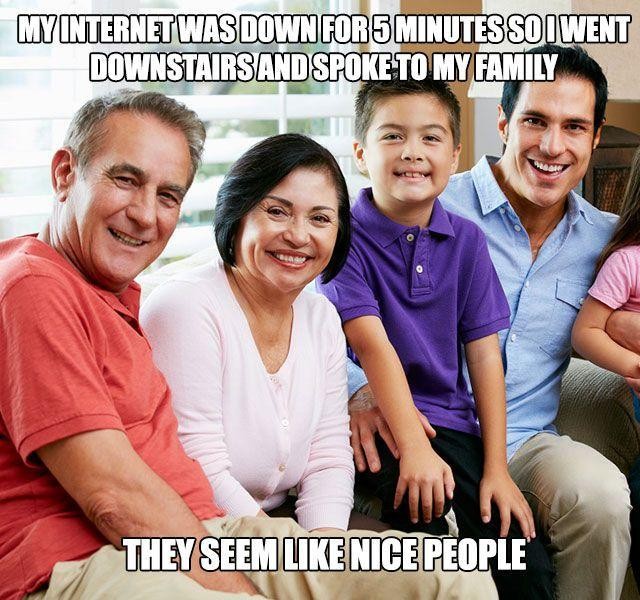

Alright.
But more seriously.
We are known to build all our links with white hat outreach and this is what we are good at.
We build links, lots of them, all without paying for them (and actually doing what Google wants webmasters to do).
Here is a snapshot of the site we sold’s link growth.


I think we did a pretty a good job especially considering this was not the easiest niche to build links in.
The problem is: If your site is about some kind of weird sex toy or diet pill, almost nobody that’s not compensated will link to you.
And a lot of our core strength falls flat.
For people relying on PBN’s, this is less of an issue, but for us it was important.
3 – The product is not crap
Call me soft if you want but I don’t like making the world a worse place.
Unfortunately, this statement is often incompatible with high payouts.
Many companies pay their affiliates a lot of money to compensate for a shit product.
That’s basically the hot/crazy scale of affiliate marketing.


Finding one that sells good stuff AND pays well was a challenge, but we managed it.
If your ethical sense is more flexible than ours, once again, this is a non-issue, but not for us, unfortunately.
Another thing I would add to this category is the quality of the product’s sales page.
Many high-quality products have a TERRIBLE sales page.
Sorry, let me rephrase.
TEEEEEERRIBLE.
Here’s an example for an NLP course I would probably stay away from.
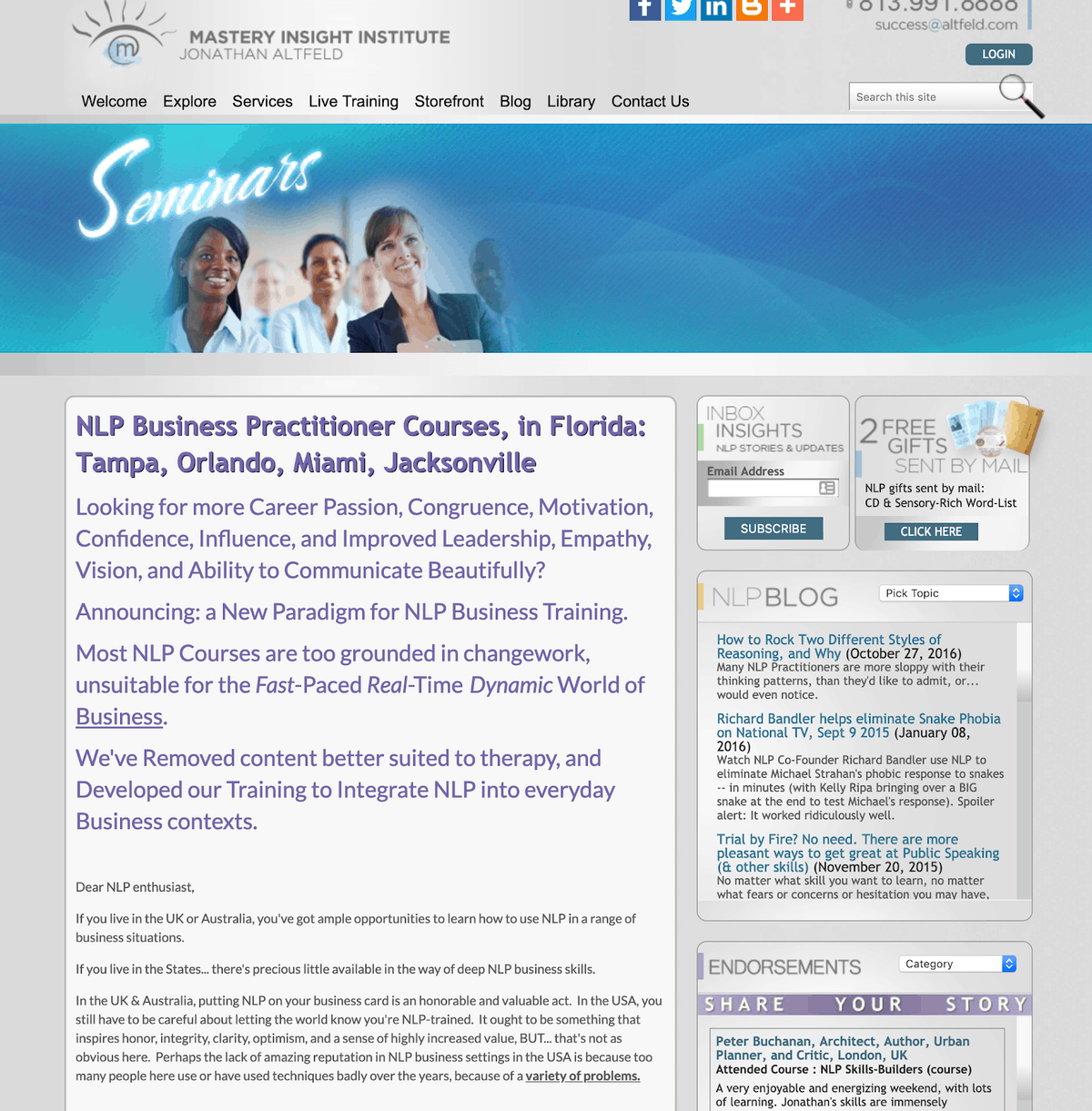

4 – Lots of decent volume keywords
Another strength of ours was large content production operations so we knew that we would do better in a niche where traffic is split amongst hundreds of keywords.
Many people struggle with this meaning we have a competitive advantage here.
The final site ended with 240 published pages at the time of sale, most of them targeting decent volume commercial keywords mostly.


5 – Growth over time
Because we never know how long we will hold our businesses, we always want to get involved in niches that are at least stable or growing.
The niche we picked has a steady long-term growth so it was perfect for us as you can see by the Google trends screenshot below.


How we settled for this niche
Once you have put your criteria together, it’s just a matter of looking at niches and see if they tick the boxes.
And that’s exactly what we did.
Every time I browse the web and come across an interesting affiliate or authority site, I bookmark it just in case.
Additionally, multiple sites provide premade affiliate research and/or affiliate program lists.
Here are some resources you can use:
You should also check the big affiliate networks and popular independent programs. We made a post dedicated to this too.
We browsed these and found a niche that ticked all the boxes mentioned above and went for it.
Planning the site
At the time, we had no idea how far we wanted to take this project.
It was more like, let’s see what we get.
When we are in this situation, we like to brand broad so we can expand many categories on the site if it is successful.
So we didn’t just focus on the main software category we planned on publishing.
We went up 1 category level and branded around that.
However, most of our content was developed in the one main subcategory we initially picked.
This is what the sitemap looked like:


The non-developed silos were just a single placeholder page waiting for their turn.
This allowed us to make the navigation consistent with the branding of the domain without having to massively invest in them.
The silo we did decide to develop on the other hand, not only focused on the “easy” keywords but rather took the approach to build a site that covers the topic comprehensively.
This means we did create a lot of pages for keywords we had little chance to rank for in the short and medium term.
But all the top ranking sites had pages targeting these terms so we thought they were important to be seen as a resource on the topic so we made one.
We did, of course, identify the easy keywords and made sure these are developed early so we can get to break even ASAP.
When the planning was done, the site had around 120 pages planned so about 50% of where it’s at at the time of the sale.
If you are advanced and you have the budget, planning your first 100 pages from the get-go really helps you structure a comprehensive resource AND hit easy to rank keywords.
Building The Content
The initial goal we have with every site we start is to get to break even while having a monthly 4 figures investment in it.
Why?
Because when you get to break even, you have time to figure things out, your site pays for itself.
Before that, it drains your bank account.
As mentioned before, we had about 120 pages planned on day 1 and we needed someone to not only put these together but also keep them updated.
We had some funds set apart for the website and an excellent writer, who we had worked with a long time ago in a neighboring niche.
We decided to contact him and see if he was available for a full-time position as the main writer of the website.
Luckily he accepted, thus raising our monthly cost by around $1,900 but giving us the means to get these pages cranked out.
Having a full-time writer allowed us to take the time to really educate him on the product as opposed to a freelancer that may be touching on many different niches.
We bought him all the products we were going to promote and his first task was to get to know them and test them in real life.
This may seem weird to a lot of affiliate marketers who just write content on products just by Googling related keywords or reading sales pages (let’s be honest, most people do that).
But as we did the niche research, we identified that most competitors did that and actually providing fresh insights was a way to stand out and break in this competitive niche.
Unfortunately, I can not reveal what the tests were without revealing the niche but let’s just say these were “real life” tests, a bit like those we do here on Authority Hacker when we test tools.
After about a month of tests, we had produced a bunch of new data we could offer to the industry inside our content so that we stand out for these juicy review keywords.
And that’s exactly what we did.
We started producing and publishing content, building the site hub by hub to quickly gain topical relevance in the subcategories that are live.


This is the editorial strategy we have followed as long as we worked on the site.
There was no content schedule, no drip or anything, just new hubs being released in batches as we worked through content creation sprints.
I remember publishing 12 articles per day some days then nothing for 2 weeks.
As this was more of an SEO game than a “following” game, nobody was really watching when we publish new content and really Google doesn’t seem to care that much about dripped vs batch published content as long as it’s good.
Building Links
Now that we had the core of our site, the domain needed some links.
Remember, this was a competitive industry and without a serious amount of links, no way the site would take off.
When we looked at the competition, we identified 2 distinct factors within the sites that did really well in the industry:
1 – Volume
All the top sites have 500-10,000 linking root domains.
Not all links are top quality but they all do have a certain volume of semi-related links. In order to compete, we had to get as close to this number as possible as soon as possible.
2 – High DR Links
All the top sites have done a substantial PR effort to get links from high-end sites like CNN, Huffington Post, Wikipedia etc.
So in order to compete for the big keywords, we could not just rely on usual low-end SEO tactics most people used.
We had to find a way to appear on these sites with a brand new domain.
I like challenges :).
Achieving Volume
Volume link building is what we are known for. If you are part of Authority Hacker Pro or The Authority Site System, you have probably heard about our Shotgun Skyscraper link building approach.
We applied it to this site and, surprise surprise, it worked like a charm.
We built about 500 linking root domains in 2018 to the domain.


The “volume” links are a mix of Skyscraper, broken links and spontaneous outreach to sites in our field.
In short, we analyzed the competition with Ahrefs (review) and identified which pages had generated the most links for them, then we just created a page on the same topic while making sure the research and production value was top notch including infographics, videos etc.
Then we promoted this content by emailing the people that already linked to our competitors and other people ranking for the main keywords of the content asking them to link to it.
We used Mailshake for the outreach process and continuously optimized our templates using their A/B testing features.
If you want to see an in-depth look at exactly how we used the Shotgun Skyscraper process to build so many links, we have some great content around that coming out soon.
One of our students, Abdul from RankAce, replicated this tactic in a recent case study where he flipped a 17-month-old site for $190k.
The site really started taking off when we hit 200 linking root domains which seems to correlate with the number of links we saw the competitors doing well having.
Achieving High DR Links
Achieving link volume is only one part of the equation.
If your site only has a large volume of low DR sites, search traffic does rise initially but you often plateau growth if you just stick to just that.
As we began to notice this scenario to this new site, we decided to develop a new effort to get high-end links and balance the volume of lower authority links.
This leads us to start with remodeling our guest posting approach as it was the most obvious tactic we could use for high DR links.
From now on, Guest Posting would serve the following purposes in our overall link building strategy:
- Acquire High DR links to achieve more balance in our link building strategy
- Acquire direct links to our non-skyscraper content
- Get the exact match anchor text that’s hard to get in other forms of link building
Because they were part of the high DR links branch of our link building, we only focused on high DR and/or high relevancy sites. So we didn’t just write to any site with a “write for us” page like most people do when they talk about guest posting.
We set the bar to DR 55 at least and made sure the sites had real traffic and/or did not get hit by any kind of Google updates in the past 2 years.
How did we find these sites?
Well, we had several tactics.
The first one was painfully simple:
We pitched a guest post to the people that said no to our other link building tactic approaches and that matched the metrics we were looking for:
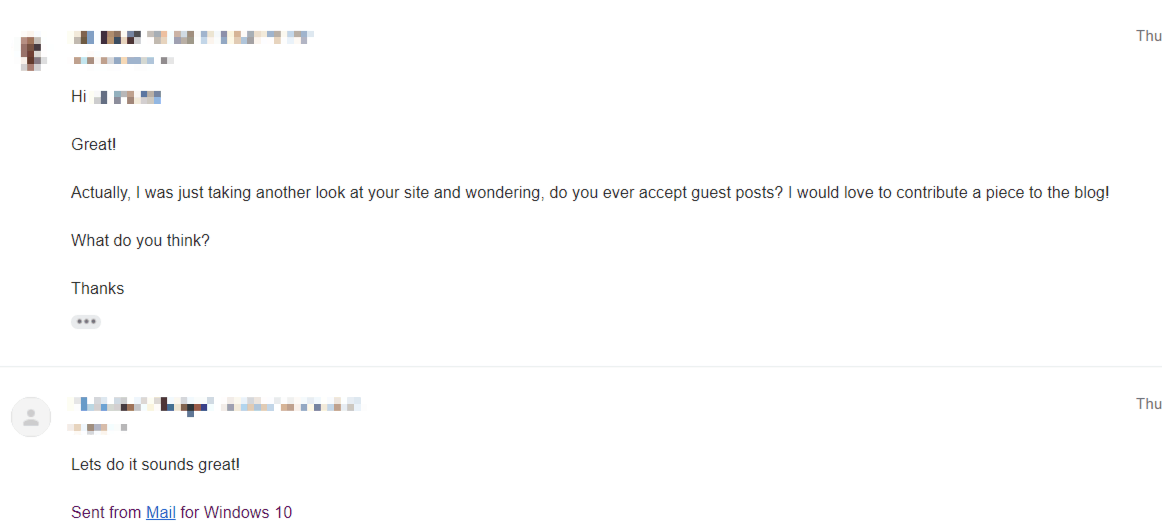

You’d be surprised at how many people that said no to other approaches said yes to this one.
The second tactic we used is just emailing relevant sites and ask them to post on their sites.
Not sites that advertise guest posts.
Not even sites that have accepted guest posts in the past.
Just sites in the same niche as ours.


But we did not just use guest posts to get high DR links.
Another fairly easy way to get high DR links is to reply to HARO requests.
What is HARO? Glad you asked.
HARO stands for “Help a Reporter Out” and is basically a service that journalists can use to ask for expert quotes.
Basically, you sign up for a mailing list over here and receive 2 emails daily that looks like this


You then craft a well put together response to relevant requests in the list, email it to the journalist while including 1 or 2 links to your site in there and hope for the best.
If you want to join these newsletters, you can sign up for in on their homepage.
There are several tactics to get picked up more often but these probably should be in their own post.
But since you’re here I will give you some pointers:
- Work on your about page, make it highlight all the cool stuff you have done in the industry and link to it in your intro/signature (you can use email signature tool for this) when you reply.
- Have a face photo when you reply.
- Don’t just link to your stuff in your responses. Add 1-2 links to your site and 3-4 links to other resources.
- Have a strong branding and produce original tests/content
- Reply quickly. The faster your reply, the more likely you will get the link.
Since we had demonstrated authority on our site with our Skyscraper content, it was easy to get taken seriously and get quotes with links on very high DR sites.
Growing Revenue Faster
If you check the revenue graph I sent earlier, you see pretty drastic jumps in revenue at some points.
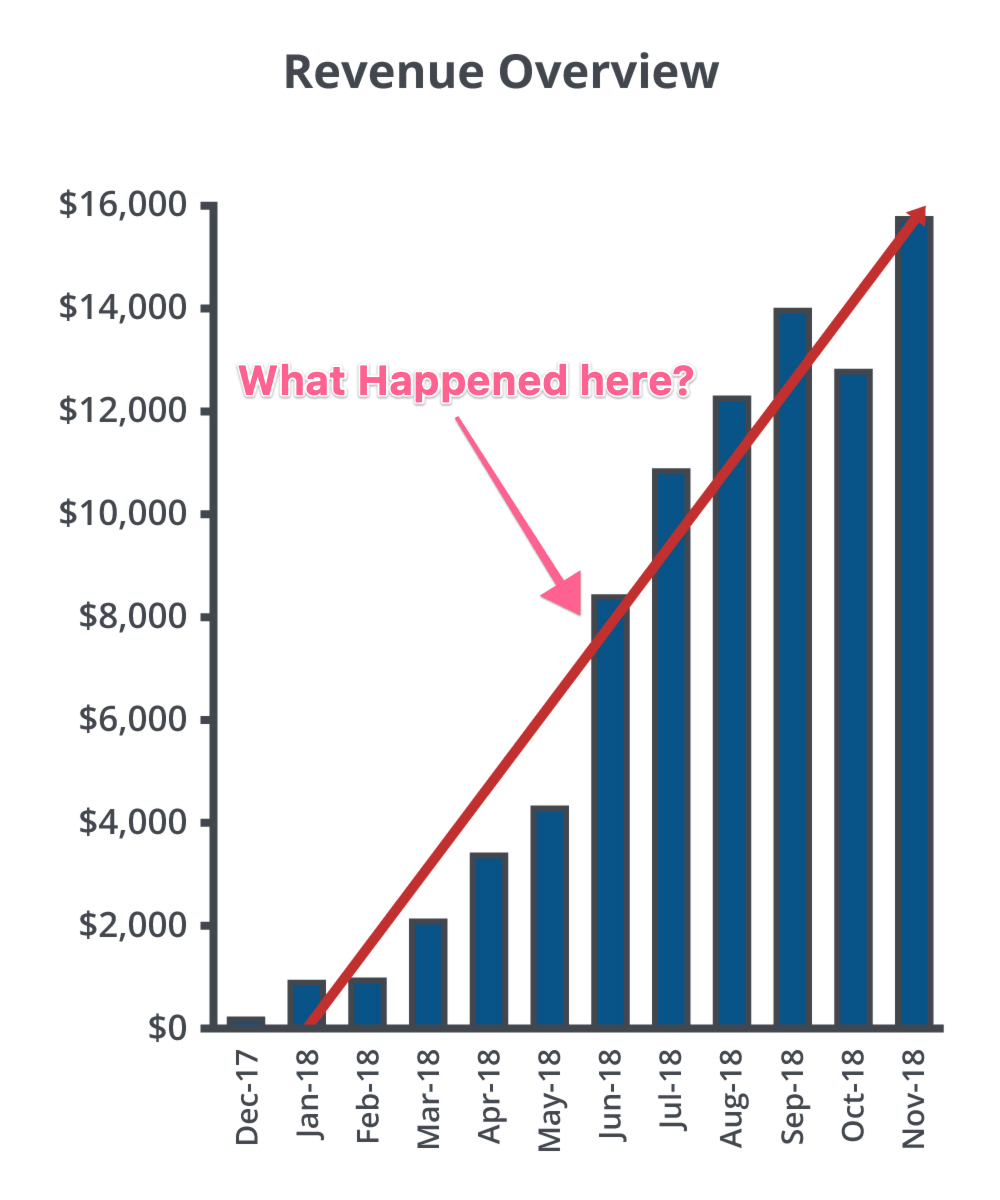

How did we achieve that?
Well, the SEO outlined earlier did achieve the linear growth you see.
But the growth bursts were achieved in a much simpler way.
We just asked.
That’s right.
Once you show growing monthly revenue to companies whom you promote. It’s very easy to go and say you want to work more seriously together and offer to create more content related to their product.
Very often, companies will ask you to push their products more favorably in exchange for higher commissions.
This is not something we wanted to do but managed to double our commissions anyway, just by asking.
Another thing that ensured continuous growth is the way we added new content to the site.
Every time a specific content angle was doing well in search and converting, we basically produced content for every keyword with at least 50 search volume following the same template.
So for example, if it was a “X vs Y” keyword that ended up banking, we created all “X vs Y” articles we could with at least 50 search volume, regardless of the competition level.
We also published the content as soon as it was ready once again.
No drip schedule, no content calendar.
Some days I would publish 12 articles at once.
We followed this tactic as long as we had the site.
Deciding to sell
If this site did so well, why the Hell did you decide to sell?
Good question.
To be frank we were not 100% sure we were going to sell this site until very recently.
We knew we were at crossroads.
Either sell and start something new or double down to maintain the growth.
This project so far had very much been a side project. I spent max 3-4 days/month on it and we were really hitting the point where to get much bigger, we’d probably need to overhaul a lot of the website.
That meant less time on the other sites in our portfolio and, more importantly, less time to focus on Authority Hacker.
Furthermore, the fact we had achieved such rapid growth meant that if we were to sell now, our return compared to the time invested would be very high.
As a result, we decided to “see what we can get” with site brokers.
It was a good opportunity to cash out if we got an interesting offer, free up time for the other things we need to work on and inject cash flow into something that could use it.
So we took our chances and sent the site to a few brokers.
Working with Brokers and M&A Firms
So after deciding to see what we can get for this site, we contacted 2 brokers and 1 M&A firm.
It was interesting to get a first-hand experience with them.
We have sold an online business before, but not a content site through a broker/advisor.
There is a process here, which varies depending on who you work with. First, you will be in touch with a valuation expert from the brokerage or M&A firm.
They will ask a number of questions about your business, including requiring a profit and loss statement for the last 12 months, broken down by month (they will provide a template if you do not have this already).
The number the valuation department will give you is based on their interpretation of how valuable your business is based on similar sales.
They look at a lot of hard metrics such as:
- Monthly traffic
- Revenue in the past 3, 6, 12 months
- Time spent by the owner
- Costs
- Transferability of the business
- Growth curve
- Price of sites in the same industry sold in the past 6 months
But they also apply a lot of subjective factors to the valuation.
Things like:
- The quality of your backlinks
- The quality of your content
- The potential “peak” of your site
And this is where things vary wildly from broker to broker (and M&A advisor).
Good firms will find the number that is realistic to sell for. Be careful of those who over-inflate valuations (to get you to work with them) or under-value (to make it an easier deal for them).
But some valuations from the biggest brokers were less than half of the price we got for the site in the end.
I know you want me to name and shame them but to be honest I don’t think it would be fair as this is a single occurrence and it might not be reflective of how their business runs in other cases.
Let’s just say I HIGHLY recommend you get several valuations before you jump in with a broker.
You will probably be leaving a lot of money on the table if you don’t.
In the end, the M&A team over at FE International ended up giving us a valuation we were happy to go with and they had a really good understanding of the effort that was put into the site.
Both in terms of content and links.
Because the site had quite a big growth curve and then stabilized in the last 2 months. They have based the valuation with a heavier weighting on the past 6 months instead of the past 12 months like most brokers do.
I asked Thomas, the Founder of FE International what they liked so much about the site to provide a higher valuation (than we got elsewhere) and he said:
Unlike many websites people are trying to sell on lower quality marketplaces and smaller brokers, [the website] had extremely high-quality content and link profile – something serious buyers recognize and are willing to pay a premium for. The traffic had been on an upward growth trajectory, alongside the revenue which was growing each month.
With the high-quality content and links we were confident the site had reached a new baseline of traffic and income and would not decline which would be more likely if it had been using a PBN or lower quality links. This gave us and eventually, buyers, a lot of faith that it would be a solid investment, justifying an above-average multiple.
We have been following and recommending the Authority Hacker course to our clients for a number of years – Gael and Mark walk the walk and are masters of what they do.”
Thomas Smale, Founder of FE International


In our case, we had some higher costs in the months leading up the sale. These were R&D type costs. We were developing a new content type that wasn’t deployed yet.
This made the valuation more difficult, but we were able to talk with FE and get them to understand it. They didn’t penalize our valuation for such costs.
More details on the SDE basis of valuation: https://feinternational.com/blog/how-do-you-value-an-online-business/
I want to highlight that to make the valuation easier, you need everything to be clean and in order in your business.
You will need to provide proof of everything you claim via a secure data room.
That includes:
- Reports/screenshots of all affiliate earnings in the affiliate area AND payments on your bank accounts
- Written confirmation that customer commission bumps would be passed to the new owner from the product companies (negotiate that at the same time as commission bumps if you might sell one day)
This can be complicated for example if you have multiple sites promoting the same program and you sell just one of them. You really want clear tracking ID’s to split the revenue of each site and track things properly.
They put together a detailed 15-20 page prospectus, which has a bunch of key data, numbers and summary of the business. It was really quite good.
On our end it was mostly about answering a lot of questions and providing things like Google analytics access and proofs of income.
The team at FE International then took that information and put the prospectus together to send to a vetted list of potential target buyers. We were asked to approve this for factual accuracy and to ensure they had correctly understood the business before it went out.
Then the M&A team took over. They have a three-phased approach to marketing the business. They first go out to their A-List. These are people they know and trust who have expressed specific interest in a site that is similar to the one you are selling. Likely many have bought sites before. We got several serious inquiries from this group.
The second phase is expanding the target list to a wider group from their 41,000+ investor network. They did not spam the list, rather selectively found other buyers that could be a fit – these were used to leverage the buyers from the first group (very successfully!)
The third phase (which we never got to due to the speed of the deal!) is promoting on third-party marketplaces/platforms for additional demand and interest.
Quickly after getting started, we had one call with a guy who made an offer below list price.
Then had another call with a buyer who was really interested and offered above asking price due to the amount of interest we received.
FE then negotiated terms and a Letter of Intent was drafted and signed. The buyer then started their due diligence (most of this was completed in the pre-listing due diligence phase which saved a lot of time and effort and kept the process moving).
During the latter stages of buyer due diligence, FE’s legal team starts drafting the ‘Asset Purchase Agreement’ which involves legal clarifications mainly around the assets being acquired and the practical elements of the transfer. Both sides got to review and comment on this until there was an agreement.
During this process, FE continues to market the business to ensure buyers do not re-negotiate terms or hold up the process. You never feel like you have left any value on the table.
In the meantime, another buyer emerged with 7-figures to invest.
They were aware the site was in due diligence. Because they were a strategic buyer (means they were in the same industry), the site was worth a lot more to them.
So they made an offer even higher than the second offer. This was the one which we ended up proceeding with.
It was quite a dramatic few days. Mark was on holiday in Egypt and was rushing back from the pyramids to do calls.


In the end, the strategic buyer was able to sign the asset purchase agreement quickly with FE coordinating throughout.
The next steps of the transfer are escrow. We used Escrow.com. The buyer and seller split the fees.


FE set up the transaction via their official partner account and the buyer transfers money to Escrow.com. Escrow.com secures the funds and instructed us to transfer the assets.
We worked with FE to prepare a handover document and we then begin transferring the domain, site, processes, team, affiliate accounts etc. Affiliate accounts were tricky as we still have to receive the payouts up to the time when we sold the site.
So, it’s important to maintain a good relationship with the buyer here. Also, it’s a small community, and you never know who you will be dealing with again.
It’s in everyone’s interest for the site to grow after you sell it, so we did everything we could after the sale to make this happen.
After it was all transferred, the escrow was released. FE get their cut and we get the remaining minus our share of the escrow fees.
As we are a UK company, and the transaction was in USD, it made sense for us to use a transfer company. Transferwise is an option, though in this case, we used our Business Revolut account.
It’s always a good idea to contact your bank or transfer company in advance to let them know you will be receiving a large transfer. We had to provide additional documentation to show where the money was coming from and was it was from. This is common for large transfers.


Now that everything is done and we have been paid, I’m excited to see what the new owner does with the site.
After talking to them, I know they are really experienced and given how strong the content and link base is on this site, I’m not worried at all.
After all, this site cruised smoothly through 2018 so it should be fine.
So What Did We Learn?
This site has been a great experience to work on.
We really enjoyed the niche and really got to know it in a deeper way which was a lot of fun.
It was also one of the first sites we started after releasing The Authority Site System and it was built EXACTLY following what’s inside the course just to make sure the approach was still the best.
I guess it did alright.
So do we regret selling it now?
*looks at bank account*
Nah.
Actually, this made us want to build more sites with the goal of selling them 1 – 2 years later and we have a lot more to invest back into building additional sites following a similar formula
It does not mean we will only build sites to sell.
But our friend Matt Diggity does this extensively with Leadspring with great success and I think we can do something similar.
We have already started to work on a new batch of websites within this project and with all the learnings we have had from this site, I am quite confident we can do it again multiple times.
I know we haven’t been the best at updating you on our progress in 2018 and some of you even doubted the authority site model was still a good one with the last batch of updates.
But I can guarantee you it is alive and kicking and those who are spending time mastering it are doing very well for themselves.
What did you think about this story?
Did it motivate you to start or grow your sites?
Did it feel overwhelming and out of reach?
Let us know in the comment section below!
If you want more details on this case study, Mark and I recorded a podcast where we talk about the whole experience, from picking the niche to receiving the money, here is the episode:



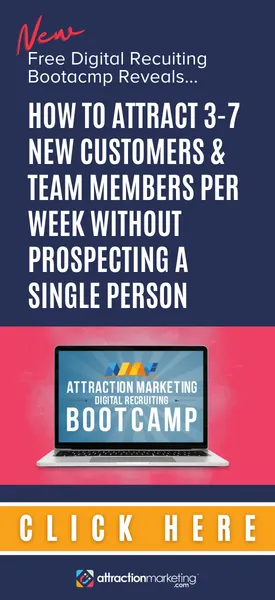








Leave a Reply